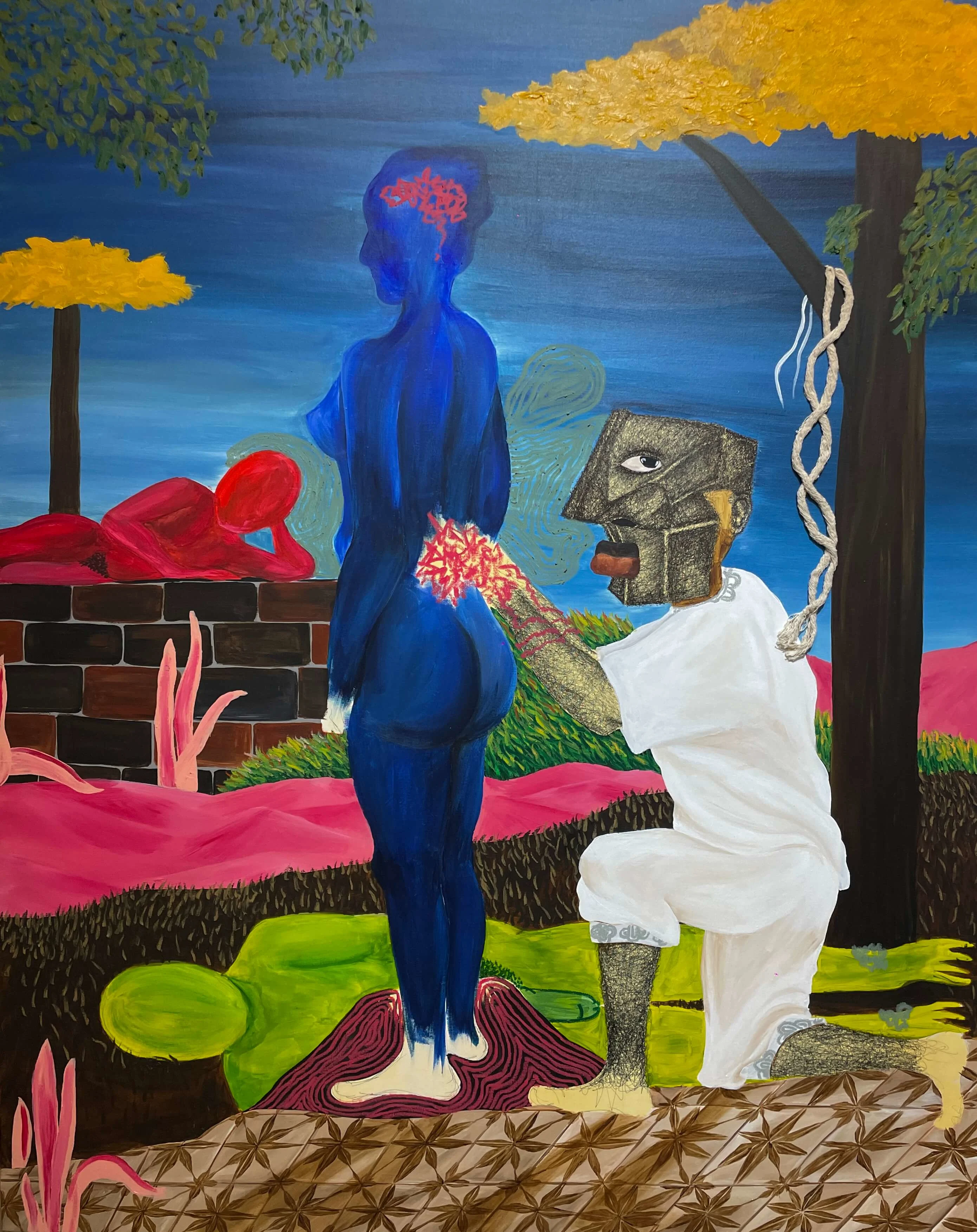
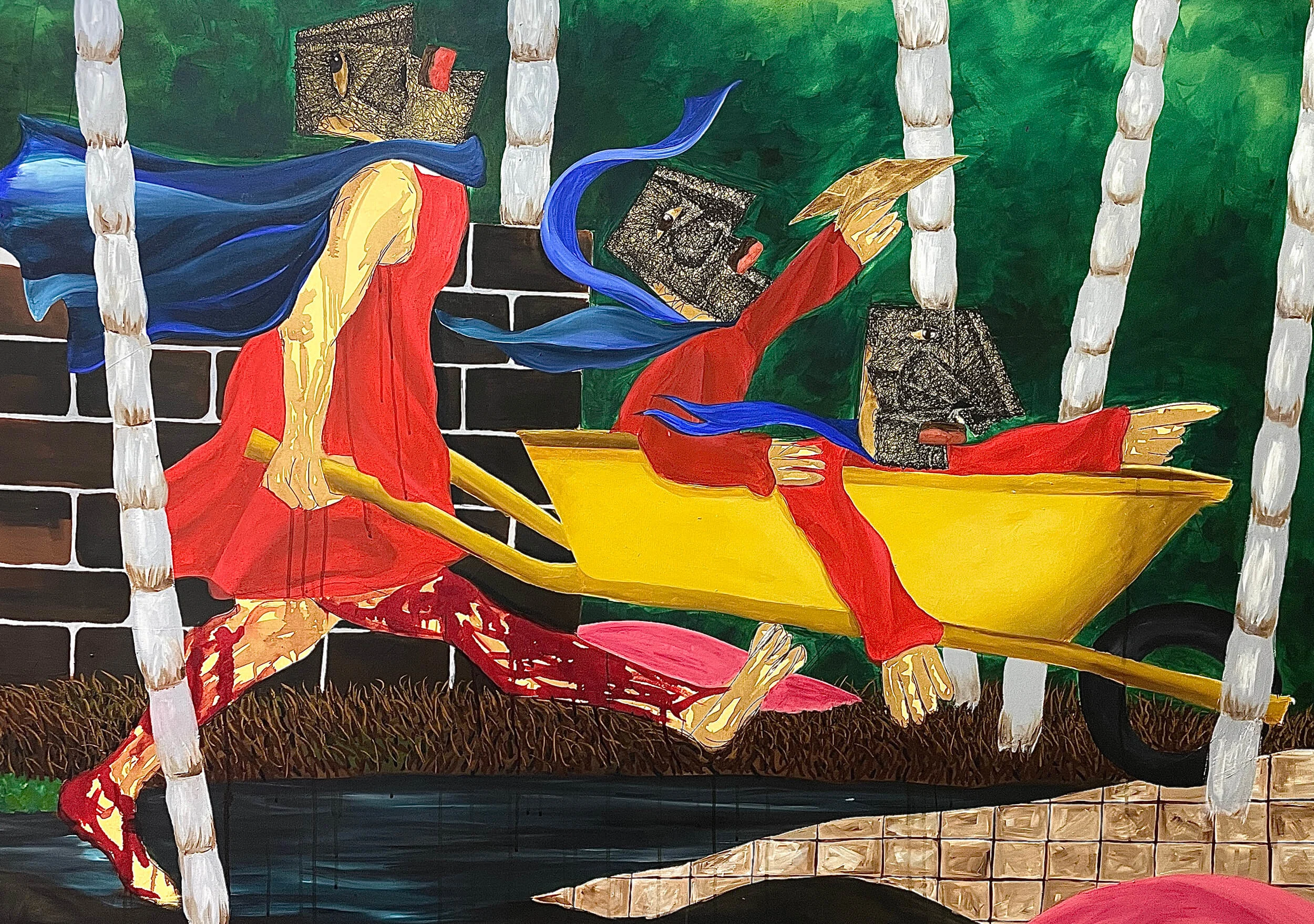
Nigerian artist Ayanfe Olarinde feels that the age-old tales from Yoruba folklore have been watered down as they moved from generation to generation. In response, her latest project “In The Beginning, And So It Goes” looks to bring those tales back to life, and to break through the noise to find the real stories. She tells writer Adedayo Laketu how her work aims not only to preserve history and culture, but also to teach us more about ourselves—and herself—as people.
On a scorching Monday afternoon in Lagos, I step into Ayanfe Olarinde’s studio tucked away in an old repository on the Lagos Mainland. All around me are larger-than-life paintings from her latest solo exhibition, and she’s clad in a paint-stained onesie, hard at work on multiple pieces simultaneously. When I ask how she’s able to keep up with each one, she says it’s how her mind works; it allows her to wander from one unfinished painting to another.
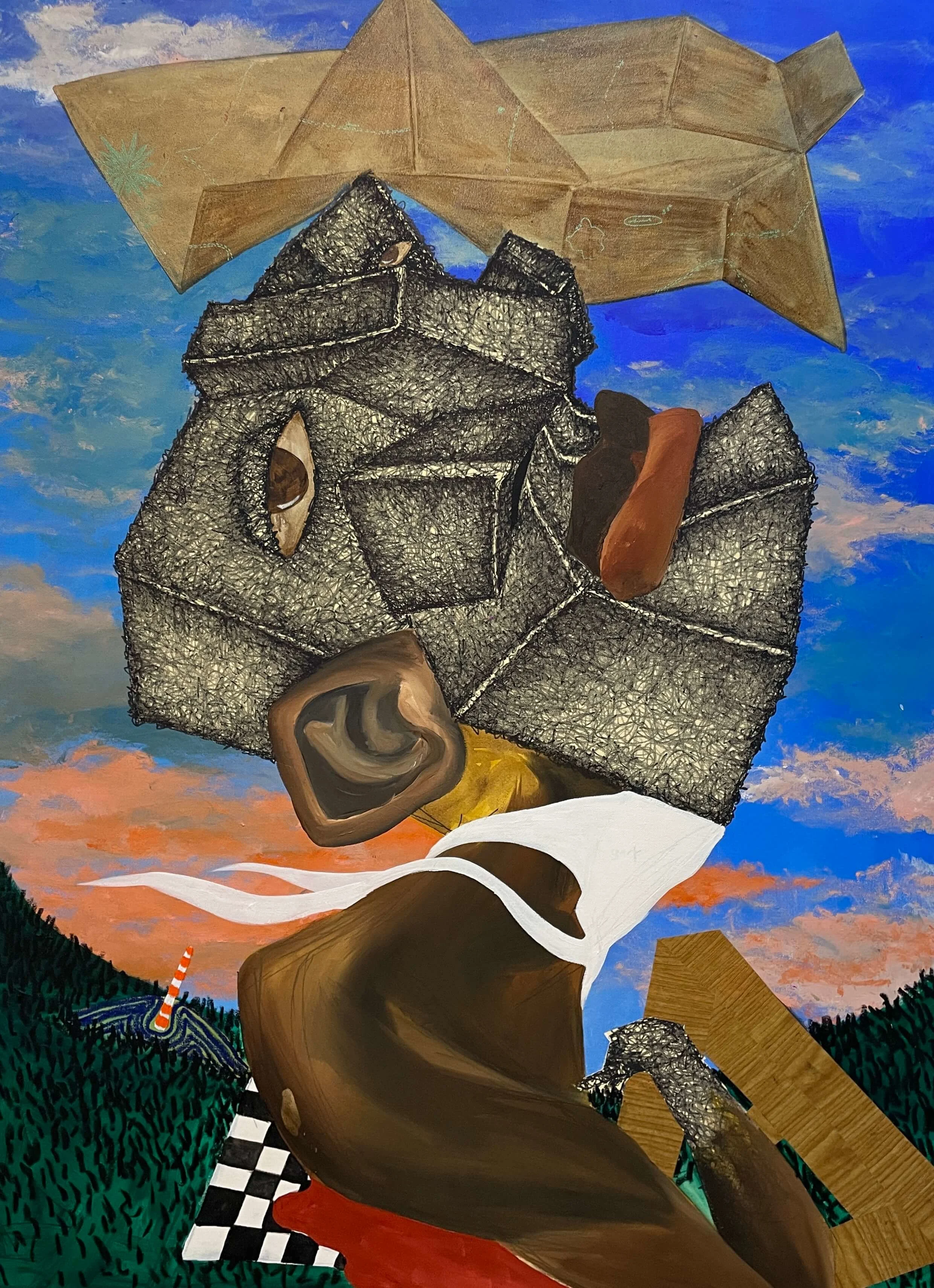
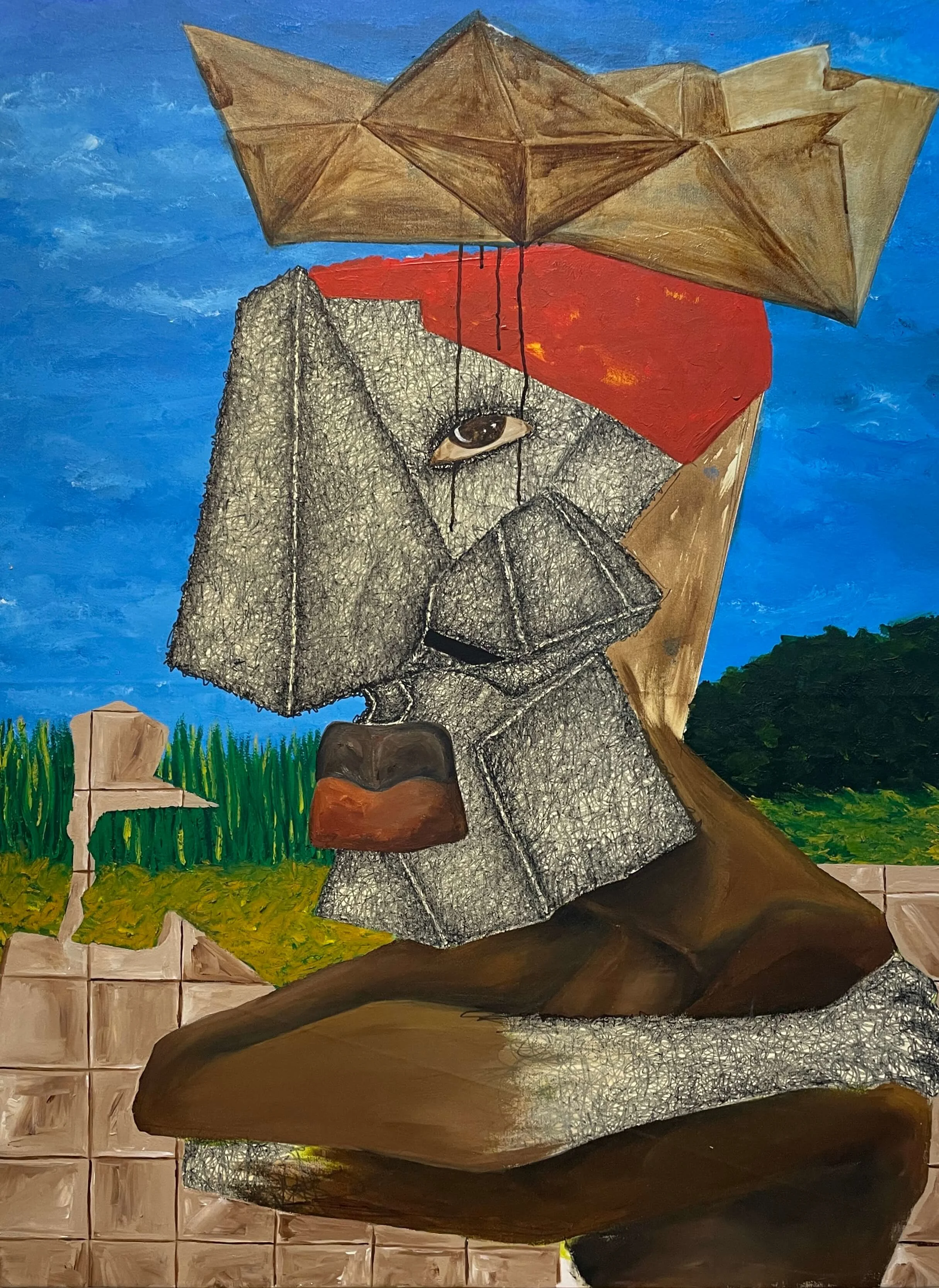
Her latest project focuses on telling the history of Yoruba heritage and folklore, “largely because I feel the people who can tell these stories, like our great grandparents, have passed away, and a lot of the information we’re given on the internet is written by western media. I don’t think any white person can truly tell our history for us, so this is my way of properly preserving that history,” she says.
As a Yoruba woman herself, she senses a lot of incoherent gaps in history: “I was doing research on folklore and the stories are often manipulated,” she says. “With the sheer number of times these stories have been told and revised by other people, they’ve been watered down, but the actual story matters a lot,” she says.
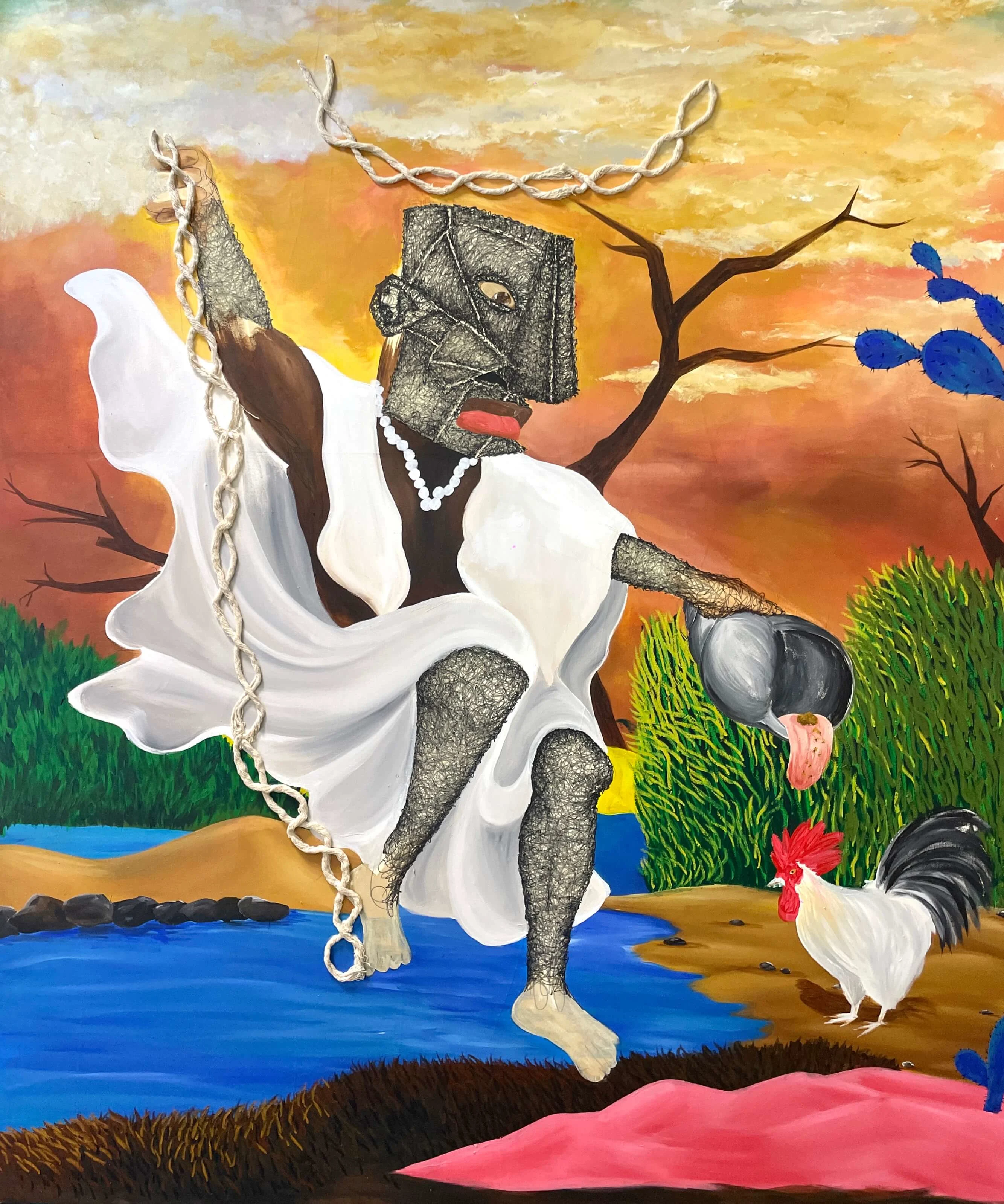
The Yoruba people, in south-west Nigeria today, believe in a vast pantheon of deities, including major gods known as "Orishas" and numerous smaller gods or "Egun" who assist the Orishas. These gods control everyday prayers, serving as intercessors between the world of humanity and the divine, spiritual world. Each one represents a specific idea, object or natural phenomena to Yoruba culture. Overall, the Yoruba religion emphasizes balance and harmony between humans and nature, with the deities purposefully managing that balance.
One of the famed Orishas in the Yoruba pantheon, Ọbatala (the sculptor of mankind), features in this project as an example the impact these tales can have when told accurately. “In some versions of the story of Obatala, he has two genders, and in others he’s genderless, but in the popularized version he’s known as a man,” Ayanfe explains. “During my research, I found that there are many Orishas who are genderless, and if you imagine a gender-fluid young person today reading a story like that from their heritage, they can find peace in knowing that they’re not alone and that our ancestors were not so different from us.”
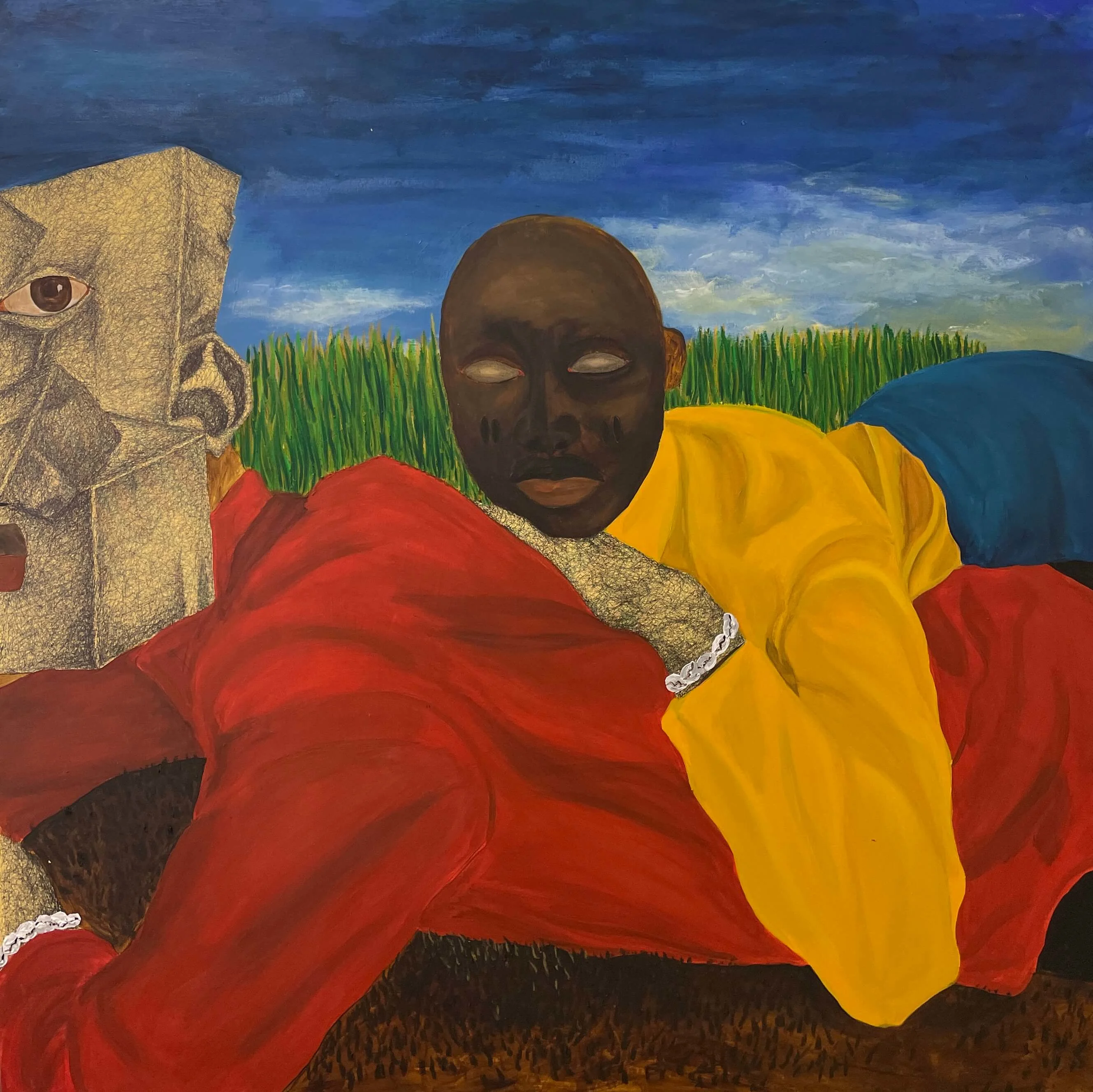

Many of the people who can tell these stories have passed away, so this is my way of properly preserving our history.
For Ayanfe, telling these stories of the Yoruba orishas is her way of preserving her culture’s rich history, as well as immersing herself in a learning process vital to self-discovery. Because some of these stories depict perpetual nuances in the human condition, retelling them through a modern lens has the power to morph how this generation tells them to the next.
“My favorite piece right now tells the story of Sango and his three wives. His first wife—Oba—was tricked by his favourite wife—Osun—into cutting off her own ear in search of Sango’s affection. I’m just interested in this piece because it shows how flawed we are as humans; I picked it because I know I’m flawed myself, and these imperfections make me who I am.”
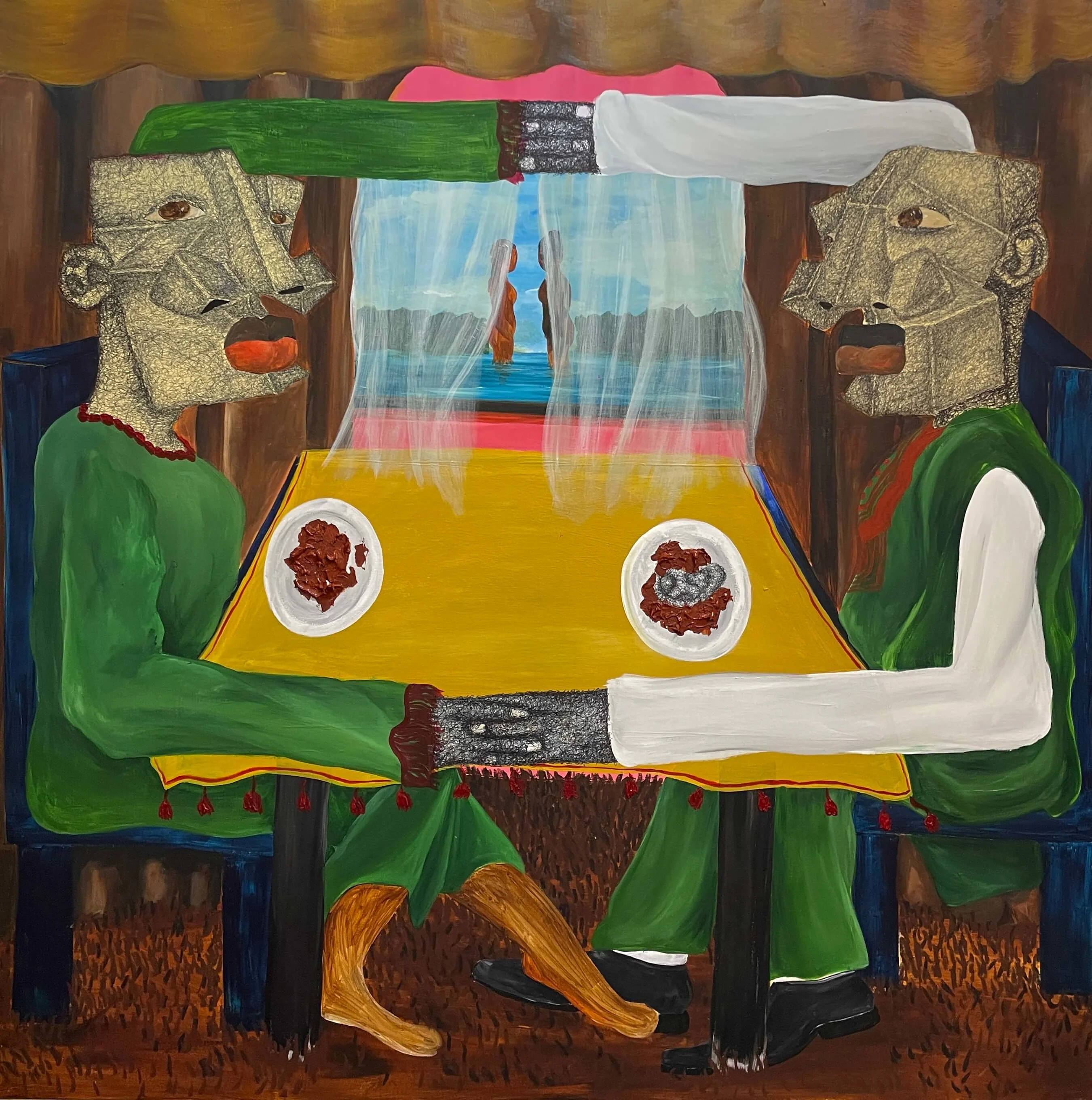
Scribbling is simply the way Ayanfe has come to understand the world, an art form she describes as “creating harmony from disharmony.” She sees her work as a way of talking with herself, to the world around her, and to the place she comes from. “I can say that my art serves as a form of therapy for me when I’m scribbling,” she says, "it's like building something from crooked lines, and by the time you’re done scribbling, you’ve formed something. I feel every piece I’ve ever made has in some way connected to a part of me; what I was going through, or what was happening in the world at the time.
A good example of this came when she introduced cubism to her figures in the form of their prominent, pointed noses, prompted by many years spent being taunted by bullies at school. “People used to make fun of my wide nostrils and insult me,” she says. “and this made me insecure, but I started including big noses in my work to learn to love myself and be resistant to the insults.”
Nigeria is still largely controlled by colonial-era laws that are almost never checked from the lenses of the modern day. And as younger Nigerians increasingly use their voices to reshape narratives, it remains an uphill battle to amalgamate Nigeria’s rich history with its even richer present. “Unrealistic standards are not functional for the society we live in, so in as much as I’m trying to tell stories, I’m also trying to share morals that are helpful and not limiting,” she says. For Ayanfe, her art is a tool for challenging restrictive constructs and longstanding societal biases in order to aid the generations here, as well as those still to come.



